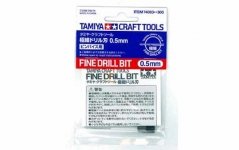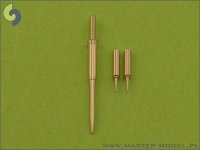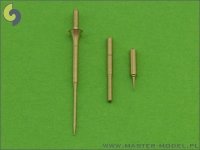Revell 03323 M24 Chaffee 1/76
Plastikowy model czołgu do sklejania. Nie zawiera kleju ani farb.
M24 Chaffee – amerykański czołg lekki z okresu II wojny światowej.Prace nad pojazdem mającym zastąpić czołgi M3/M5 Stuart rozpoczęły się w kwietniu 1943, kiedy na zamówienie rządu amerykańskiego firma Cadillac opracowały model nowego czołgu lekkiego uzbrojonego w armatę 75 mm. Dwa pierwsze prototypy nazwane T24, dostarczono już w październiku 1943. Jeszcze przed zakończeniem prób zamówiono 1000 egzemplarzy tego czołgu, w późniejszym czasie zamówienie zwiększono do 5000 sztuk. Pojazd otrzymał nazwę M24 Chaffee na cześć zmarłego w 1941 roku dowódcy amerykańskich wojsk pancernych, Adny Chaffee'ego Jr.
Pancerz czołgu był spawany, silniki zostały zamontowane na specjalnych, wysuwanych prowadnicach co ułatwiało ich serwis i wymianę – oba silniki były identyczne. Uzbrojenie czołgu stanowiła armata 75 mm, która została wcześniej zaprojektowana dla bombowca średniego B-25 Mitchell.
Był to pierwszy czołg aliantów zachodnich używający jako zawieszenia drążków skrętnych. Zastąpiły one wózki z podwójnymi kołami, stosowanymi w dotychczasowych czołgach lekkich i średnich. Nieoczekiwanym efektem nowego zawieszenia były jednak przypadki otwierania ognia do własnych czołgów przez żołnierzy alianckich w trakcie ofensywy w Ardenach. Jak się okazało, żołnierze brali Chaffee za posiadające podobne podwozia niemieckie czołgi lekkie Panzer II, a nawet za Pantery.
The M24 Chaffee (officially Light Tank, M24) is an American light tank used during the later part of World War II; it was also used in post–World War II conflicts including the Korean War, and by the French in the War in Algeria and the First Indochina War. In British service it was given the service name Chaffee after the United States Army General Adna R. Chaffee Jr., who helped develop the use of tanks in the United States armed forces. M24s were mostly removed from U.S. and NATO armies by the 1960s, but remained in service with some Third World countries.British combat experience in the North African campaign identified several shortcomings of the M3 Stuart light tank, especially the performance of its 37 mm cannon. A 75 mm gun was experimentally fitted to a Howitzer Motor Carriage M8 – an M3 tank with a larger turret – and trials indicated that a 75 mm gun on the M5 light tank development of the M3 was possible. The M3/M5 design was dated though, and the 75 mm gun reduced storage space.[1]
The T7 light tank design, which was initially seen as a replacement, grew in weight to more than 25 short tons taking it out of the light tank classification, and so was designated as the Medium Tank M7. The weight increase without increased power gave it unsatisfactory performance; the program was stopped in March 1943 to allow standardization on a single medium tank – the M4 medium.[2][1] This prompted the Ordnance Committee to issue a specification for a new light tank, with the same powertrain as the M5A1 but armed with a 75 mm gun.
In April 1943, the Ordnance Corps, together with Cadillac (who manufactured the M5), started work on the new project, designated Light Tank T24. The powerplant and transmission of the M5 were used together with some aspects of the T7. Efforts were made to keep the weight of the vehicle under 20 tons. The armor was extremely light and was sloped to maximize effectiveness. The turret was 25 mm thick with a 38 mm thick gun mantlet. The glacis plate was 25 mm thick. Side hull armor thickness varied: the frontal section was 25 mm thick but the rear third of the armor (which covered the engine compartment) was only 19 mm.
A new lightweight 75 mm gun was developed, a derivative of the gun used in the B-25H Mitchell bomber. The gun had the same ballistics as the 75 mm M3 in use by American tanks but used a thinly walled barrel and different recoil mechanism. The design featured 16 in (41 cm) tracks and torsion bar suspension, similar to the slightly earlier M18 Hellcat tank destroyer, which itself started in production in July 1943. The torsion bar system was to give a smoother ride than the vertical volute suspension used on most US armored vehicles. At the same time, the chassis was expected to be a standard used for other vehicles, such as self-propelled guns, and specialist vehicles; known together as the "Light Combat Team". It had a relatively low silhouette and a three-man turret.[citation needed]
On October 15, 1943, the first pilot vehicle was delivered. The design was judged a success and a contract for 1,000 was immediately raised by the Ordnance Department. This was subsequently increased to 5,000. Production began in 1944 under the designation Light Tank M24. It was produced at two sites; from April at Cadillac and from July at Massey-Harris. By the time production was stopped in August 1945, 4,731 M24s had been produced.













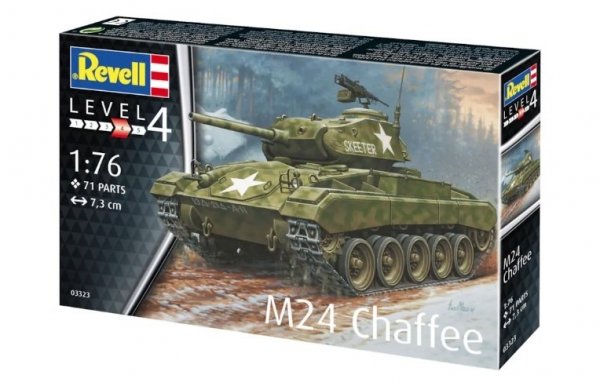
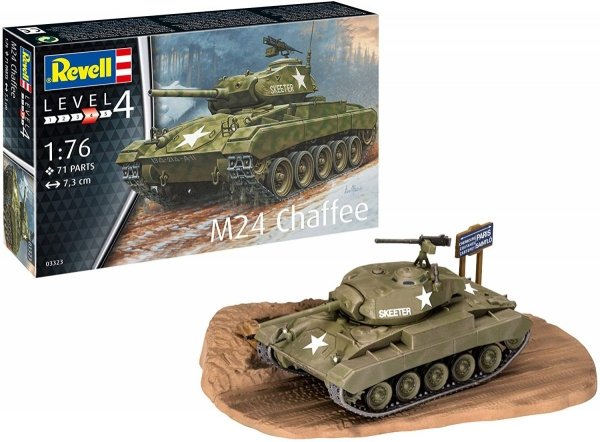
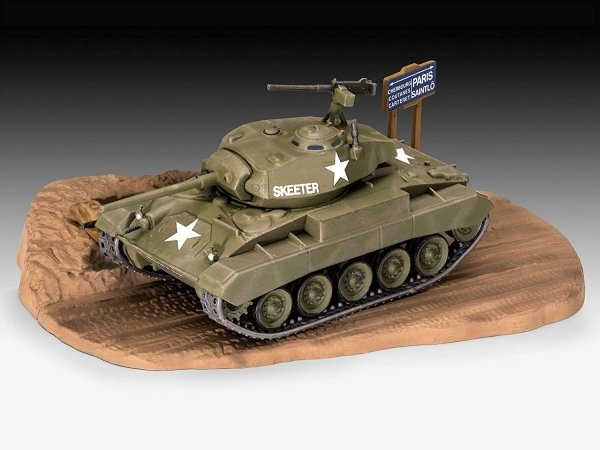
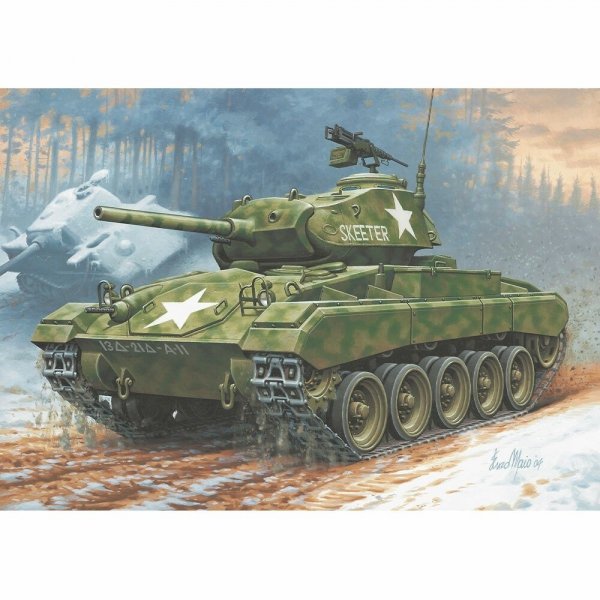

 6 szt.
6 szt.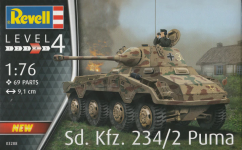
 2 szt.
2 szt.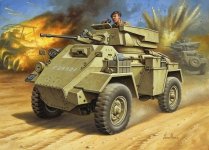
 3 szt.
3 szt.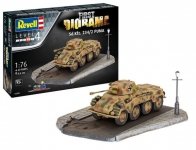
 1 szt.
1 szt.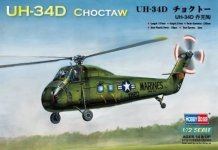
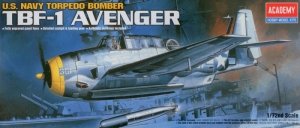
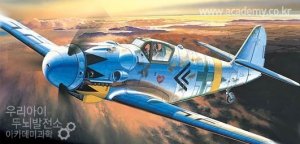

 4 szt.
4 szt.